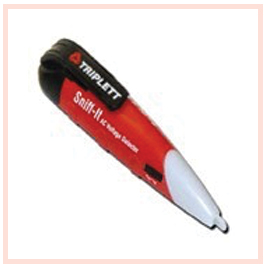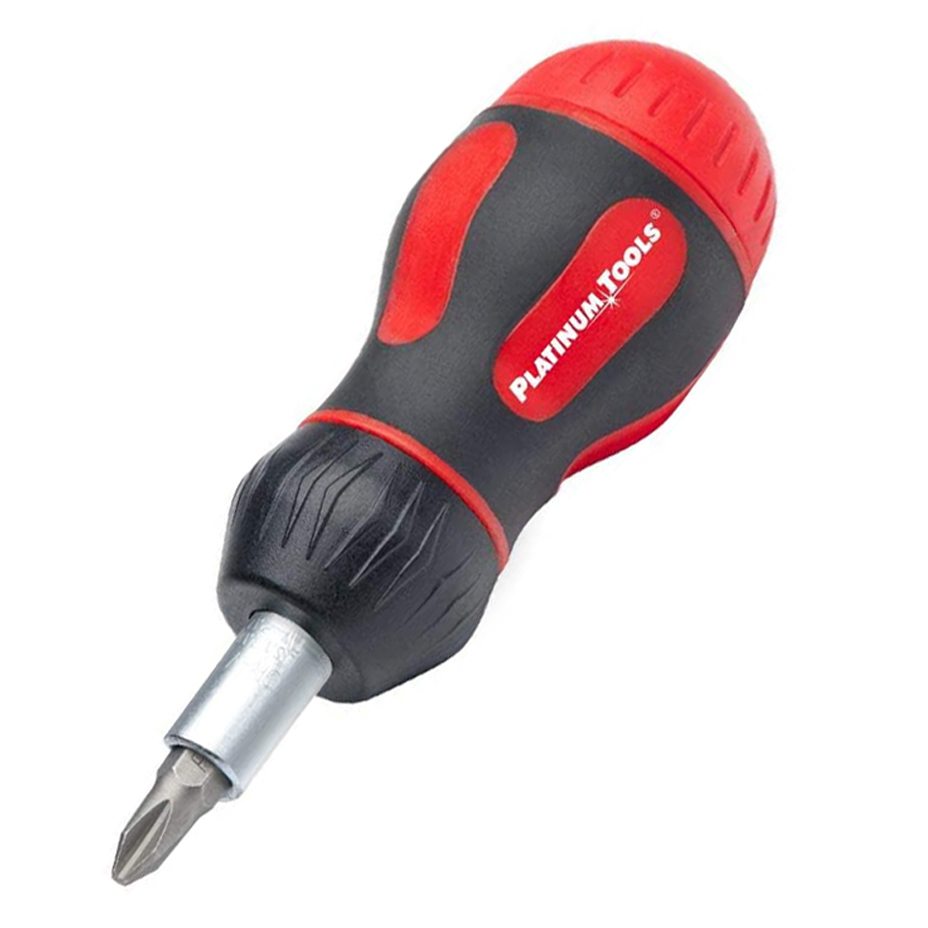It doesn’t matter where you live and whether you rent or own the property. If you have four walls and a roof to call home, sooner or later there’s going to be something to repair, install or update. Whether you need to mount shelves to a wall, fix a leaky faucet or just stop the kitchen table from wobbling, having a toolbox that’s stocked with a few basic hand tools makes any home improvement project easier. Need a few tips on where to start? Just check out the CableOrganizer® list of DIY tool must-haves below:
HAMMER

This is the number one hand tool must-have — you’ll use it for everything from hanging pictures to installing decorative molding. A great option is the claw hammer (that’s the proper name for the tool you’ve probably spent your entire life referring to as a plain old “hammer”). Claw hammers feature that widely recognizable steel head, made up of a peen (the nail-driving face) on one side and a claw (the crowbar-like nail-pulling lever) on the other. You’ll find that claw hammers are available with either rounded or flat peens. The choice is all yours, but we’re especially partial to the flat variety; because their driving faces are straight instead of curved — flat-peen hammers tend to strike nails more evenly, with less likelihood of you missing a nail. You end up hitting your fingers instead.
TAPE MEASURE

You can’t put a price on accuracy, especially when it comes to home improvement. Incorrect estimates can end up costing you both time and money, so save yourself the trouble by simply keeping a tape measure in your toolbox to measure for things like cabinets, carpet, garage shelving, furniture and window treatments. All tape measures follow the same basic design, but little details can make a difference. For example, the wider the rule is, the more control you’ll have over it when it’s fully extended (wider tapes flop around less). Another handy variation is the magnetic-tip tape measure. Rare Earth magnets are integrated into the rule’s leading end; and hold it firmly to iron and steel surfaces while you measure… no hands needed.
LEVEL

Wondering if that picture you’re hanging is straight? Need to be sure that the length of chair rail you’re about to nail to the wall isn’t crooked? Sounds like you could use a level. These days, it’s pretty common to come across high-tech laser levels, but we think the best choice for all-around home use is a standard torpedo level. A torpedo level uses air bubbles in three clear, liquid-filled vials to give you visible proof of a surface’s level. Each vial is set into the tool at a different angle (for complete level, plumb and 45° measurements) and marked with fine lines. If the bubbles fall within these lines, you know that the surface is level. Having one on hand is especially convenient for those times when you’re working solo and need to determine whether something is level, without the benefit of a second opinion.
SCREWDRIVERS

Because there are so many different screw designs, it’s a good idea to stock your home tool kit with at least a couple types of screwdrivers, so you’ll be ready for anything. A screw’s “drive type” is defined by the shape or design stamped into its head, which a screwdriver blade fits into in order to drive or extract it. Since the most common screw drive types are slotted (with a straight line running through the middle) and Phillips (with a “+” shape), both slotted and Phillips screwdrivers are a must. Sizes come into play as well, but it can get a little expensive trying to purchase each type of screwdriver in a range of sizes. To save money and toolbox space, you can always opt for a multi-bit screwdriver, which comes with a full set of interchangeable blade bits that can be instantly switched to suit any project.
PLIERS AND WRENCH

Both pliers and wrenches provide you with extra grip and leverage for projects around the house, but you’re best off owning one of each, since they’re cut out for slightly different jobs. Pliers are great for anything from pulling out nails to bending wire; and some types even have cutting edges built into their jaws for easy wire cutting. Wrenches, on the other hand, are the tools to reach for when you need grip combined with extra torque for tightening and loosening pipes, as well as turning nuts and bolts.
UTILITY KNIFE

A utility knife — also called a box cutter, razor knife or carpet knife — is made up of a hollow plastic or metal handle that houses a retractable razor blade. Utility knives are incredibly useful tools for any do-it-yourselfer, regardless of his or her skill level. They make quick work of slicing through cardboard, drywall, carpet, thin plastics and even linoleum.
VOLTAGE DETECTOR

This is the tool that could literally save your life. Voltage detectors are pocket-sized devices that sense electrical voltage; and then alert you to the electricity’s presence with sounds and blinking lights. Anyone checking power cords for faults, rewiring light and fan fixtures or changing out wall plates and outlets, should take the precaution of checking for electricity before touching. Even if you think you’ve shut the correct breaker off, it’s always better to do a quick check with a voltage detector and know for sure.
Shop at CableOrganizer® for tools today for all your DIY projects.


